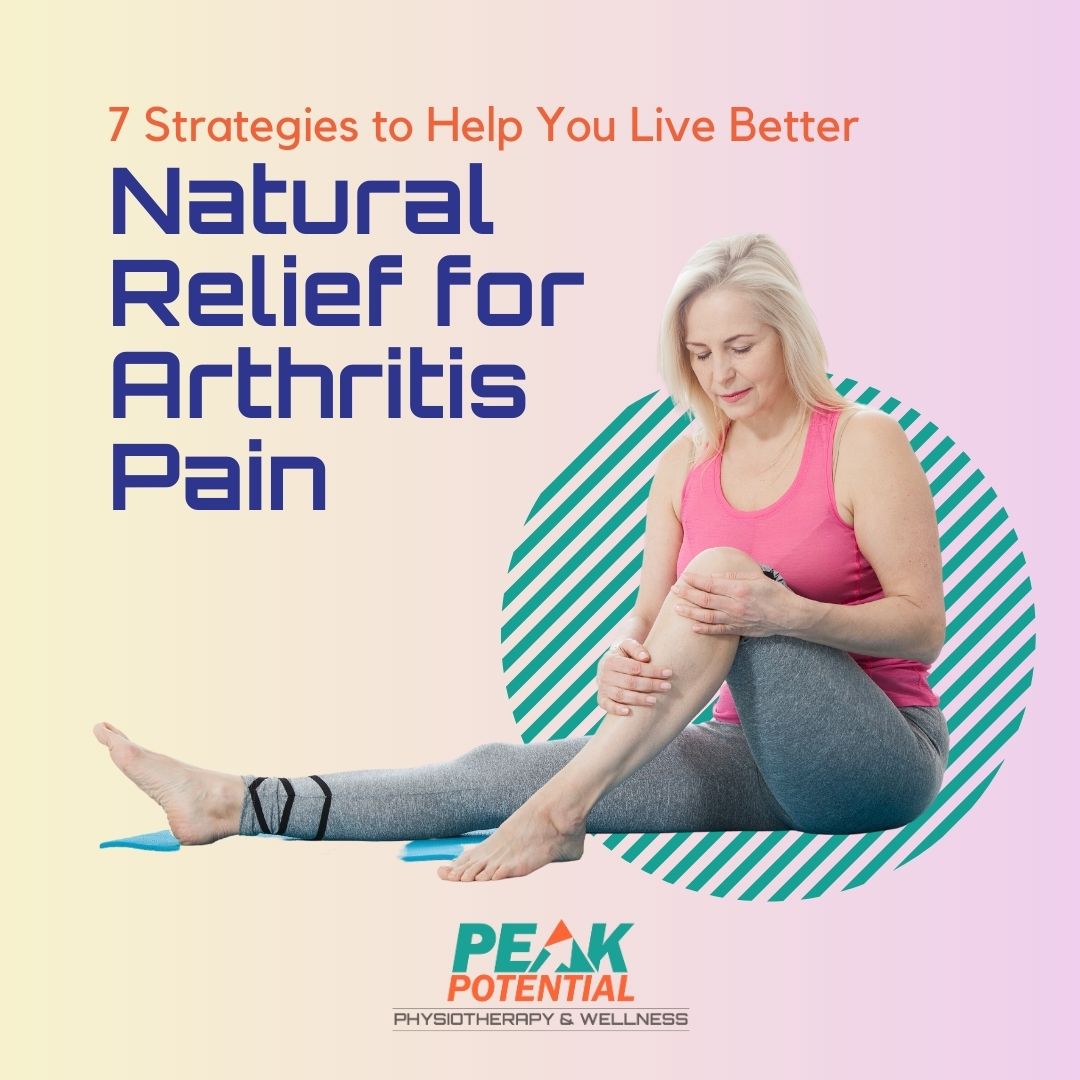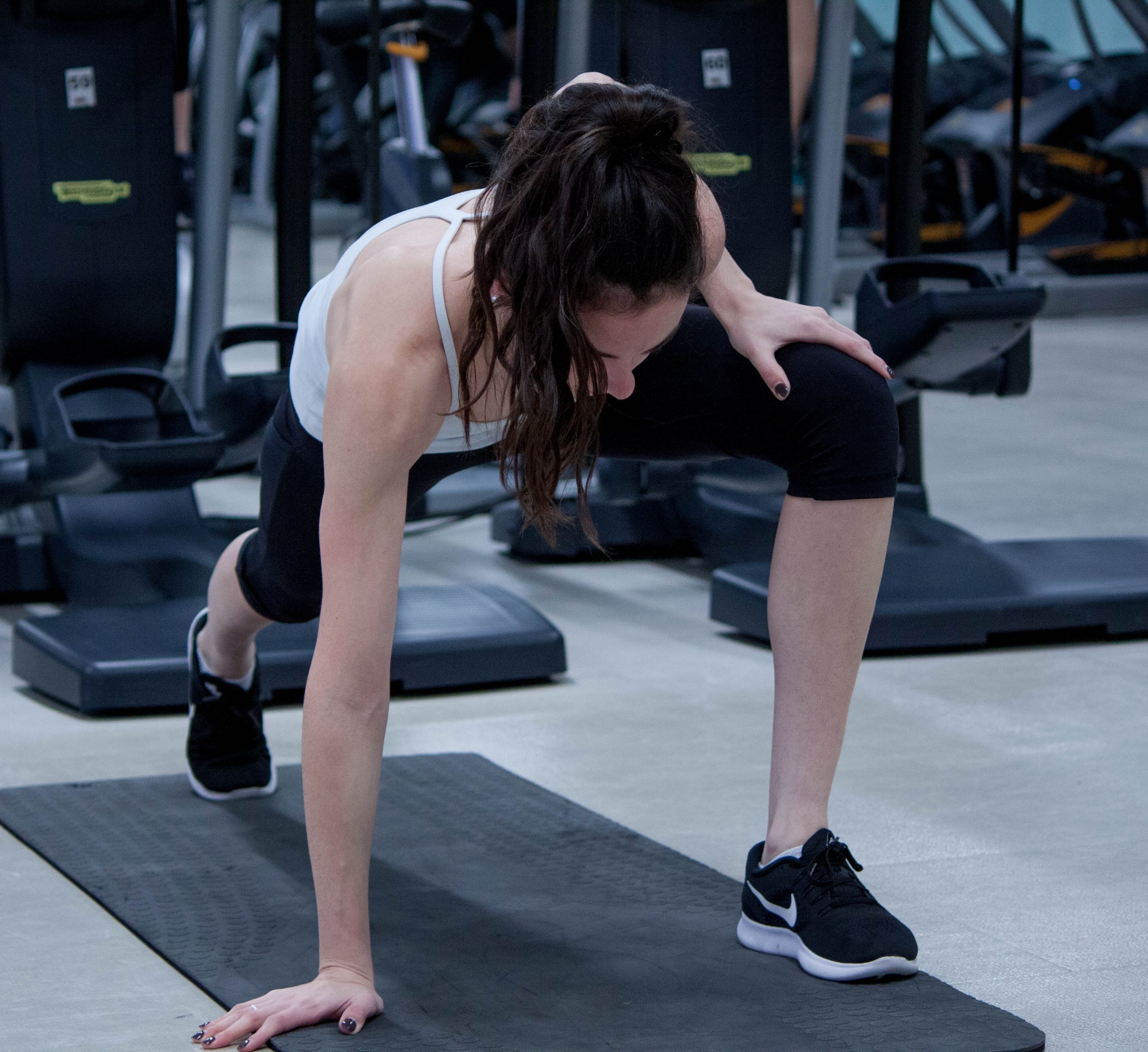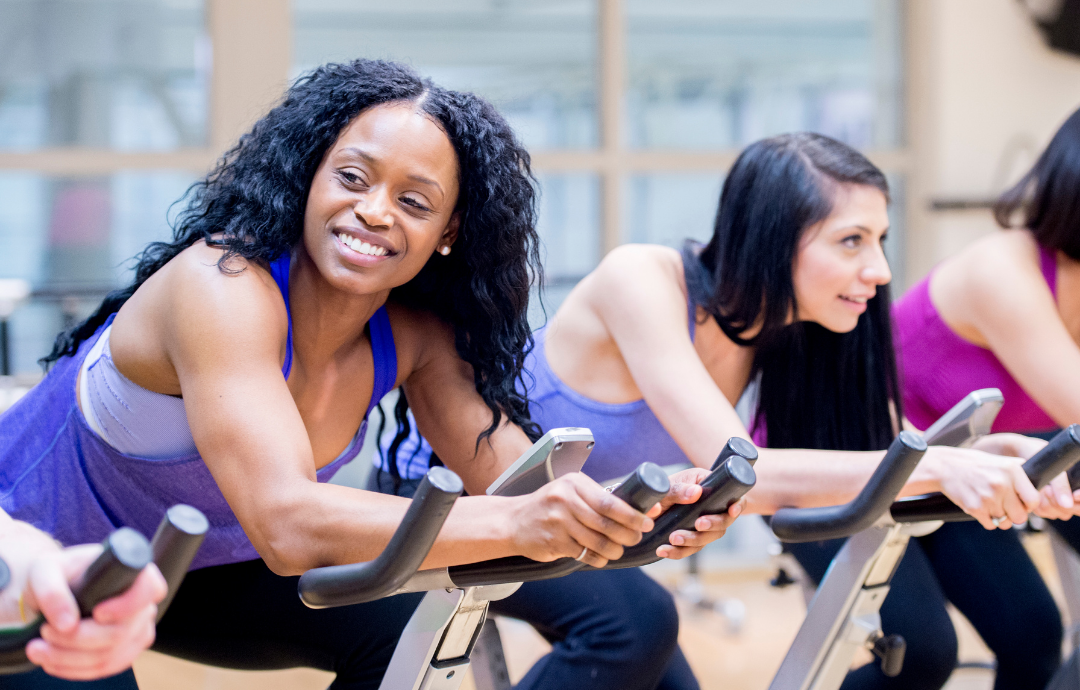Just as our physical body changes over time, it’s natural to see changes in our brain as well. Fortunately, it’s also true that we can maintain our cognitive fitness in similar ways that we maintain physical fitness. At any age, lifestyle choices play a major role in how well we think, feel, learn, react, and remember. Each day, we can take simple steps toward lifelong brain health.
Failing brain health is a public health epidemic. Research shows that 3 out of 5 Americans will develop a brain disease in their lifetime. If we add emotional well being and mental focus to the brain health equation, I’d say we are close to 100% of individuals that will at some point have concern about how efficiently their brain is working.
Right now you may have no concerns and this is where the problem starts – we take our brain for granted. Now is the time to start implementing strategies to keep it in tip top shape.
Already have concerns? Then these tips can help you as well. The goal is to achieve your best brain at the stage of life you are in. The result, to have more success in relationships and business, overcome obstacles and be resilient to tough life circumstances, and continue to complete your daily activities independently for as long as the rest of your body will keep up.
Try these suggestions for taking care of your brain starting today.
1. Exercise Regularly
Physical activity delivers more oxygen to your brain and helps form new neural connections. Exercise boosts happy hormones as well as helps to relieve physical and emotional effects of stress. Aim for at least 150 minutes of moderate-intensity exercise each week.
2. Eat Healthy Fats
About 60% of the brain is made of fat. That means fatty acids from foods like fish, nuts, olives, and avocado are needed for optimal functioning. Specifically omega 3 fats have been shown to decrease cognitive decline, improve focus, and reduce rates of depression.
3. Sleep Well
We all know the feeling of brain fog when we don’t sleep well, but did you know your memory and learning capacity actually grow stronger while you sleep. Go to bed and wake up on a regular schedule and talk with a healthcare provider if you are having trouble getting quality sleep.
4. Address Chronic Conditions
Many physical health issues like obesity, diabetes, autoimmune disease, and high blood pressure can impact your brain. Schedule regular screenings for these health markers and seek solutions to move back in the right direction when those numbers creep up.
5. Stay Connected
Block out time to spend with family and friends. Social ties help to slow the rate of memory decline and enhance mental and emotional health outcomes. Add some laughter to the situation and the brain boosting effects become even more powerful.
6. Express Creativity
Making art raises serotonin levels, while music enhances brain function. Experiment with different hobbies to find something you enjoy. The good news is that you don’t have to have artistic talent, you will see benefits regardless of your skill level.
7. Relax and Reflect
Relaxation reduces inflammation in the brain and helps it work more efficiently. Forms of reflection could include prayer, mediation, a walk in nature, deep breathing, yoga, or listening to music. Find what works best for you and savor the present moment.
8. Change Your Self Talk
Don’t speak to yourself in a way that you wouldn’t speak to a close friend. Make your inner dialogue compassionate and encouraging. Don’t forget to give yourself credit for the small steps you take toward a better you.
This list might appear overwhelming, but addressing just one area can begin to reduce your risk of cognitive decline. And the investment is definitely worth it – keeping your brain healthy will help you to lead a longer and more rewarding life.
If chronic pain, injuries, or illness are keeping you from being able to any of the above, we have experts to help you overcome these obstacles. Let’s work together to make summer 2023 YOUR TIME to TAKE BACK the health of your mind & body. Click HERE to learn more about how we can help, or go directly to our Schedule to Book a Virtual Strategy Session.









